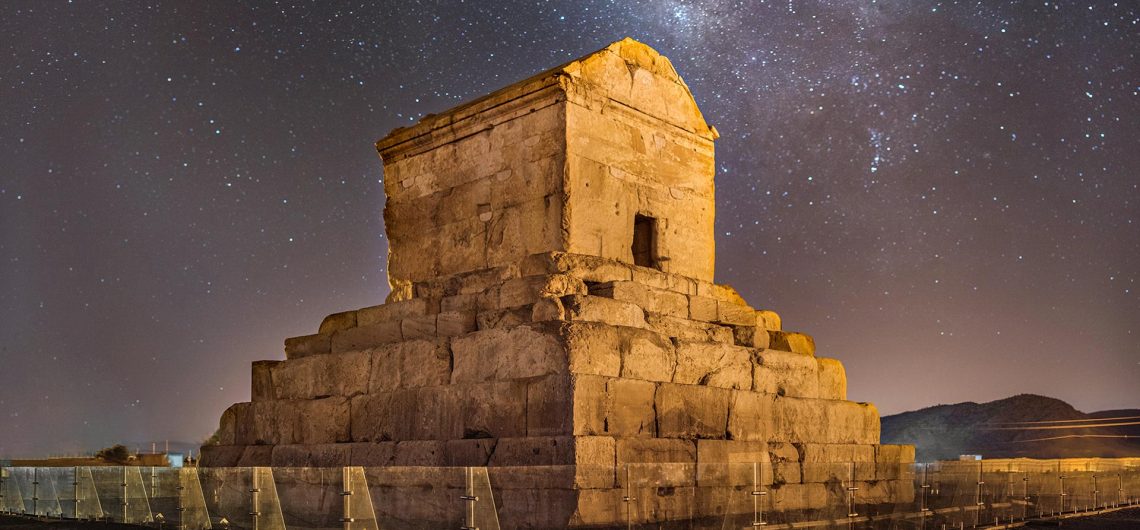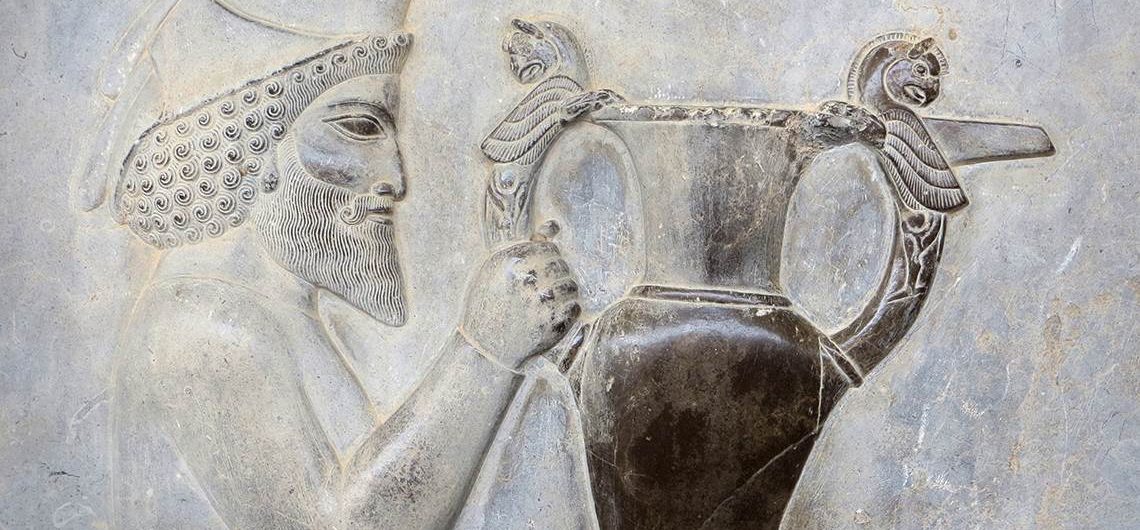The World Heritage site of Pasargadae is considered as the wonderful testimony to Achaemenid civilization in Persia. Glory and honor are apparent to the visitors as it also reflects the greatness of the king and the history that he made. For those who like history and architecture, it is one of the best sites to visit. It is better to have background knowledge about its historical context and then watch its historical beauties. That moment is the best time to feel its worthiness.
The arrival of Persians is one of the most critical issues in ancient history. When Persians got powerful, they founded an empire which included the ancient world except for some parts of Greece. The Achaemenid Empire was not the first Iranian empire, but it was the first multicultural one in Western Asia.
Before them, the Medes governed the country for a short time. Cyrus the Great was the first king of the empire who pronounced the declaration of the rights of man. He singled out Pasargadae as being his capital. This place is a collection of palaces, gardens and the tomb of Cyrus the Great which creates an important structure that demonstrates the art and the architecture of Achaemenid. These buildings were constructed far from each other, but they created an assemblage.
The Achamaenid was a vast empire which was extended from the eastern Mediterranean and Egypt to the Hindus River in India. The house of Achaemenid kings was erected on the order of Cyrus the Great. Pasargadae, the first capital of the Achaemenid Empire, is located near Shiraz, 42 kilometers far from Persepolis. It is located in a semiarid area where it drizzles in winter and the summer the weather is hot. For the tourists who decide to tour Iran, Pasargadae would be one of the places to visit and enjoy. There were palaces, gardens and the mausoleum of the Cyrus the Great in Pasargadae from which some parts of Tall-e-Takht and a royal ensemble of the gatehouse, audience hall, and residential palace remain.
The construction of the main palaces started when Cyrus the Great captured the territories of the Medes and Persia. Like Persepolis and Shoush castles, there is some embossment of legendary animals with human heads guarding the palace in Pasargadae. On the two sides of the main gates of the hall, there are also some embossments which demonstrate the king and his servants carrying something.
The tomb of Cyrus the Great is the most important part of Pasargadae which catches the visitor’s attention. This is the mausoleum of the first harbinger of the freedom and rights of man. The tomb is a simple but a great small room which is stood on six stone floors. Each of the stories is smaller than the lower level. After passing through the platforms, you reach a little and a narrow door. Architecturally, this tomb is comparable with Chogha Zanbil. In ancient times, the tomb of Cyrus the Great was located in a beautiful garden, however, nowadays there are not many trees around it, and nothing remains except some small parts.
Pasargadae remains unchanged from the beginning. Its general plan and buildings have not changed, and the remaining parts are authentic. If you are a fan of history, art, beauty, and architecture, do not miss this marvelous place.


